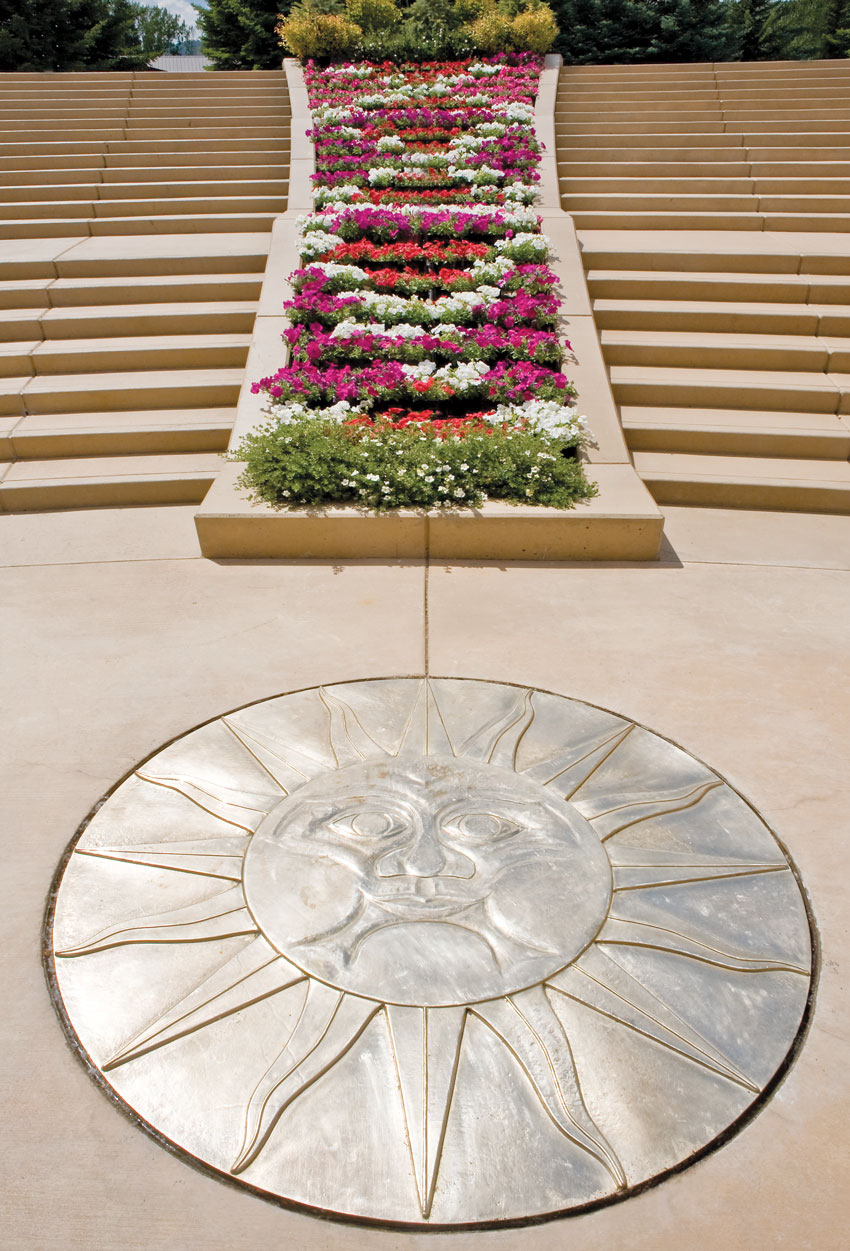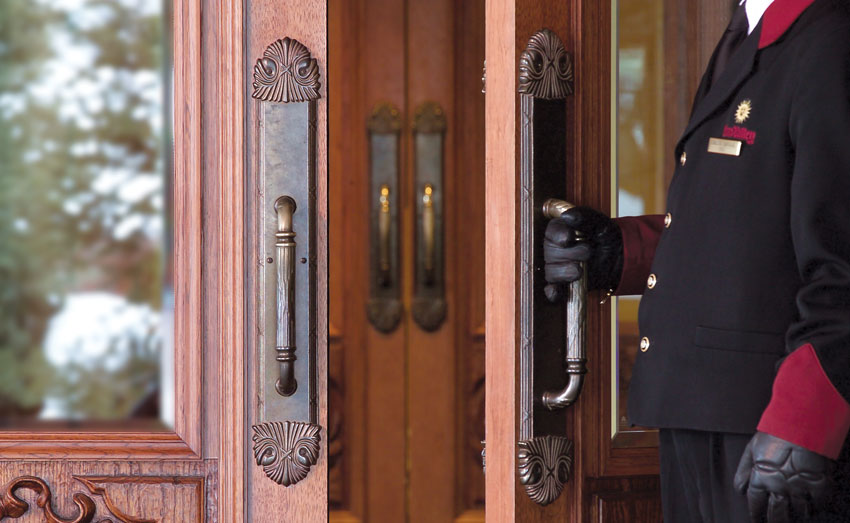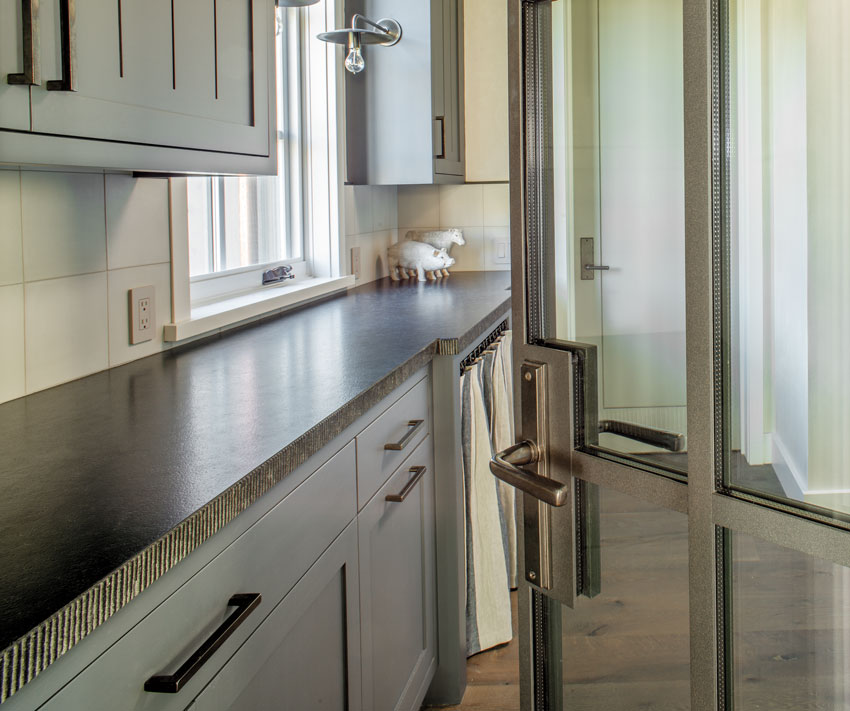The Benefits of Art-Grade Bronze for Residential, Commercial, and Hospitality Applications
Quality/Customizable Products
Taking a design idea from inception to a finished product can be an onerous task. Oftentimes the vision must be compromised when the proper materials aren’t chosen. Bronze, a strong but malleable alloy with natural beauty, is a good fit for luxury settings. True bespoke hardware fits the exacting needs of the specifier, no matter the oddities or challenges. Inspiration can start at the simplest hand sketch or detailed, exact specifications of the client. Whether it’s door or window hardware, plumbing fittings, tile, lighting, or furniture like table legs, chairs, or even countertops, art-grade bronze can be an ideal choice for custom fabrication.
Truly inspiring spaces bear the design professional’s mark in the details. In most projects, common products are chosen, and to no one’s surprise, a common result occurs. The outcome may be attractive and serviceable but easily forgotten and not often talked about. The informed selection of high-quality materials such as bronze reveals a discerning eye of the specifier, one who knows both the beauty and the durability of such a special, versatile alloy. Creating memorable spaces requires attention to the details of finishes as well as a refusal to compromise on them.
To this point, the trend toward hardware customization, in conjunction with the quality of art-grade bronze, is forging the way for customers to partner with a manufacturer to create one-of-a-kind designs with true artisan appeal. As Christian Nickum, president, Rocky Mountain Hardware, explains, “Working with a manufacturer that offers custom capabilities can allow designers and architects to put their signature on a project. Even a small change or modification can turn an ordinary product or fitting into something totally unique.”
Carrying an Aesthetic Throughout a Project
Whether modifying an existing design or creating a new one, the design process begins with an idea from the client. It can be scribbled on a note or have exacting dimensions/design. Normally a pattern fee and per-unit price is quoted. Upon acceptance, engineered drawings are prepared for approval. Sometimes a prototype is prepared, or with client approval, the order can go right to production. Production times can vary depending on the complexity of the pattern, but once completed, normal manufacturing production times apply.
Custom designs are not just limited to architectural fittings such as:
- Hardware, door, and window
- Lighting
- Plumbing
- Tile
- Accessories, kitchen, bath, and home
Rather, they can be used with virtually any architectural fitting, such as table legs, floor medallions, company logos, family crests, or even accessories such as napkin rings. Imagination is the only limit.

Photo by Kevin Syms
The entrance to the Sun Valley Pavilion at the Sun Valley Resort in Idaho features a solid bronze 5-foot custom sun medallion.
Selecting quality, unique finishes is important for sustainability purposes as well as to set a project apart from others. Though it may be easier and quicker for a designer or architect to go to a manufacturer’s standard company specification, oftentimes the opportunity to have a hand in the design process is met with great appreciation. Using a quality material, such as art-grade bronze with its unique finishes and sustainability, can serve as a distinguishing feature.
Furthermore, custom options allow for endless design integration. Coordinating designs and finishes on any project is a concern for clients and specifiers alike. Most manufacturers’ design families are available in multiple sizes to marry the fittings to the applications throughout the project. With coordinating plate designs and sizes, door pulls, knobs, levers, cabinet knobs, and pulls as well as patina matching on all, design consistency can be achieved.


Photos by Kevin Syms
Top: A doorman at Sun Valley Resort opens custom door grips to the hotel lobby. Bottom: A custom residence uses door and cabinet hardware in the same finish to add to a cohesive design from room to room.
It is also important to note that choosing the correct hardware for the application (door, window, lighting, plumbing, etc.) is paramount to success of the project. Most manufacturers will have trained representatives to assist in the specification process.









